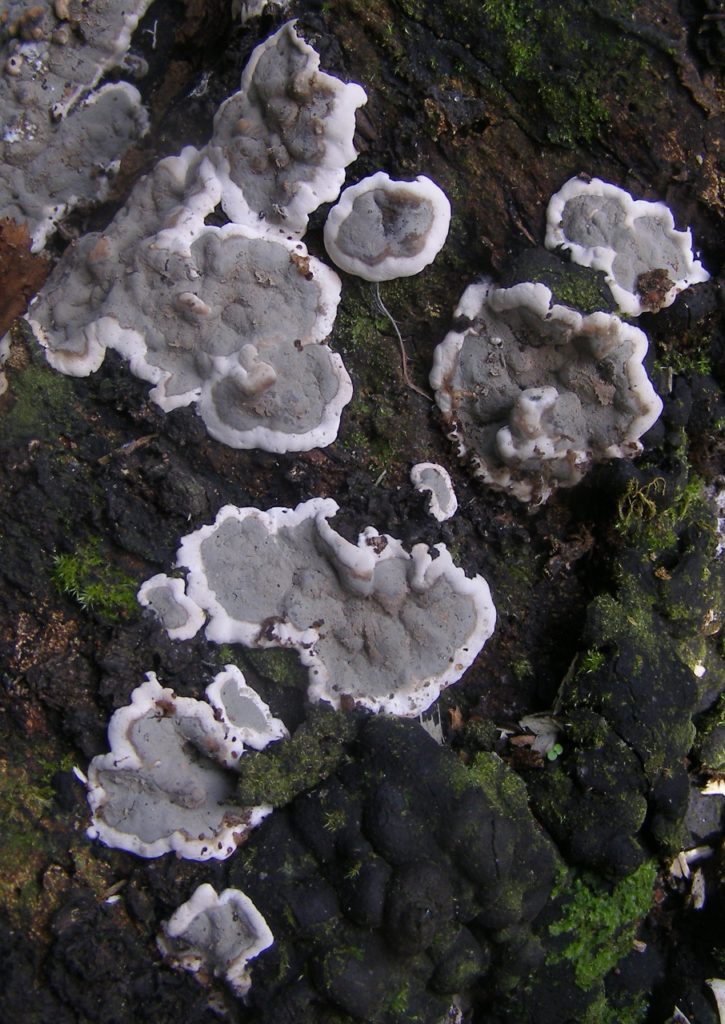Introduction
Kretzchmaria deusta, also referred to as brittle cinder, and previously known by the scientific name Ustulina vulgaris, is a fungus and plant pathogen that infects a wide range of broadleaved trees. Once the fungus has infected a plant, it consumes the cellulose and lignin. This promotes the development of a soft rot within the infected plant.
- deusta is an aggressive fungus. Infections often progress rapidly. On severely infected plants, the fungus may penetrate the trunk and roots, causing them to decay. This renders the plant more prone to failure. K. deusta is a facultative parasite; it can thrive on healthy trees, and decaying stumps. After a plant has succumbed to infection, the fungus will continue to decay the diseased wood.
Distribution & Habitat
- deusta is widespread throughout North America, Europe, and Asia. It also occurs across sections of Africa and northern South America.
Hosts
- deusta commonly infects beech, lime, maple, and oak. It also infects hackberry, hornbeam, horse chestnut, and sycamore, albeit with less frequency.
Disease Cycle
- deusta infiltrates susceptible trees through root injuries, as well as through colonized roots and trunks. Fruiting bodies form on infected plants in spring. These fruiting bodies generally form in flat, waxy sheets that are 2 to 4 inches wide. Some may exceed this measurement. The fruiting bodies are initially gray with white edges. They eventually darken, turning black, and developing into domed crusts.
Mature fruiting bodies are brittle, and resemble lumps of charcoal. They are laden with pore-like openings called perithecia. The perithecia are typically situated between root buttresses. In summer, when conditions are sufficiently moist, the perithecia will begin to produce ascospores, which are released, and dispersed by air currents and splashes of rain to nearby plants, where they initiate new infections. The fruiting bodies form annually on infected trees, and will persist throughout the year.
Symptoms of Infection
Infected plants will often exhibit few external symptoms. They do not bulge, rupture, or crack. Instead, they develop hard, inflexible wood. As the infection deepens, black lines can be observed beneath the bark on the damaged wood. The fruiting bodies are most apparent when they are immature. Once they have darkened, they become more difficult to discern. When an infection has advanced into the trunk or root system of a plant, it may cause the plant to lean or tip to one side.
Management
- In spring, inspect plants that are vulnerable to infection. During this period, the fruiting bodies may be easily detected.
- Severely infected plants are structurally compromised. Given the nature of the fungus, and how rapidly it can spread, infected plants, particularly those located near buildings or roads, should be felled.
- Safely dispose of any debris shed by infected plants. Avoid using it as mulch or compost.
Photo courtesy of Tristram Brelstaff CC-by-3.0


